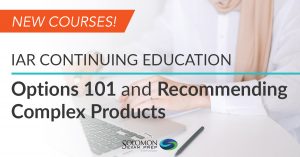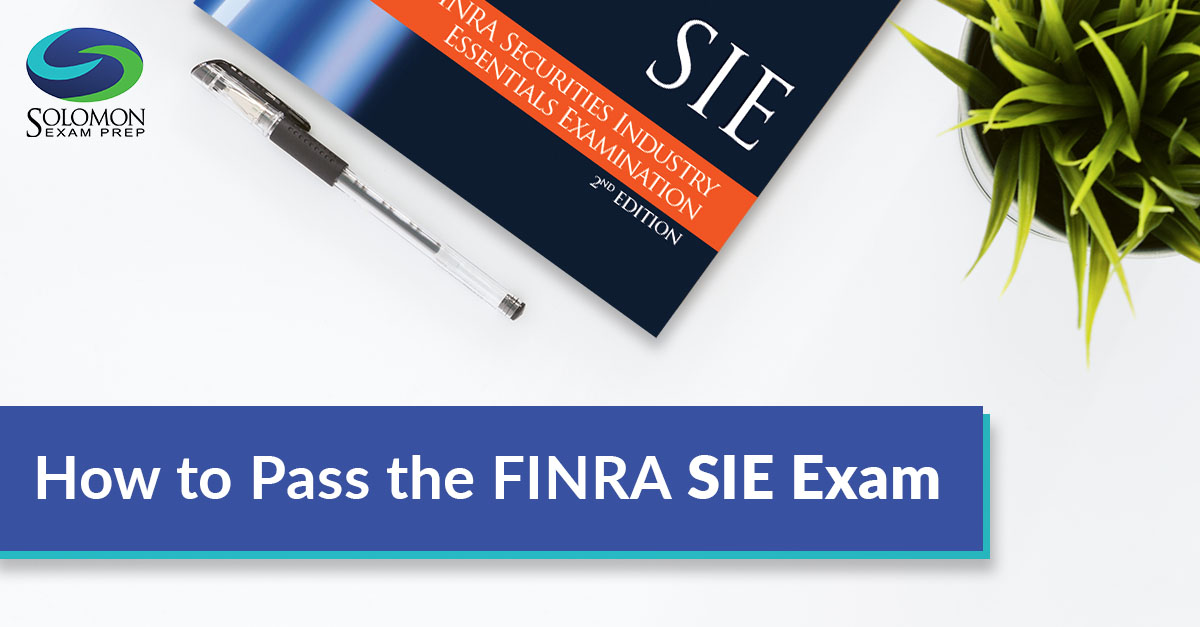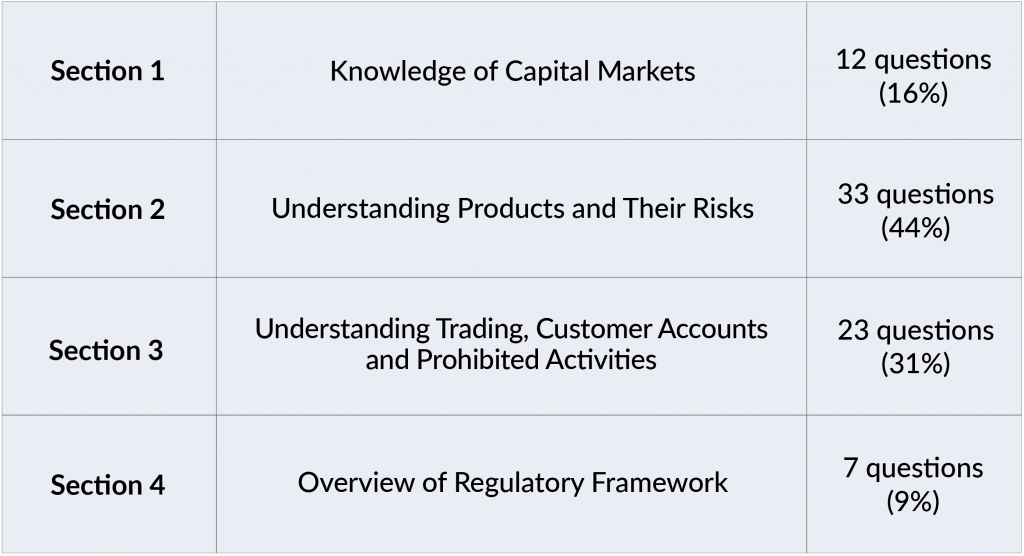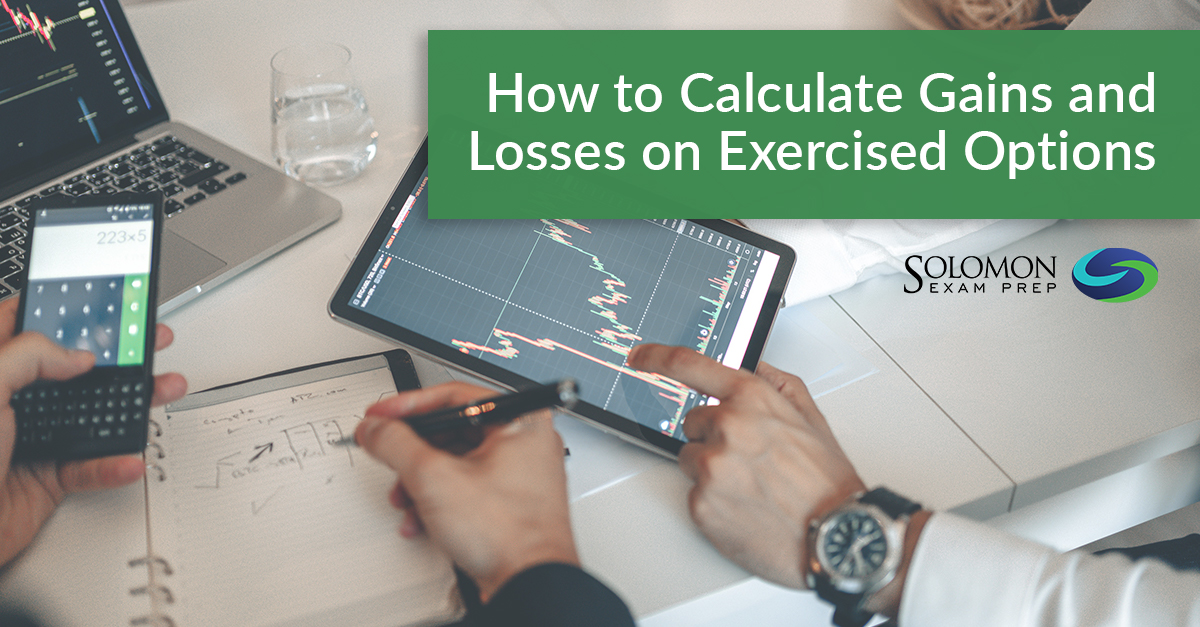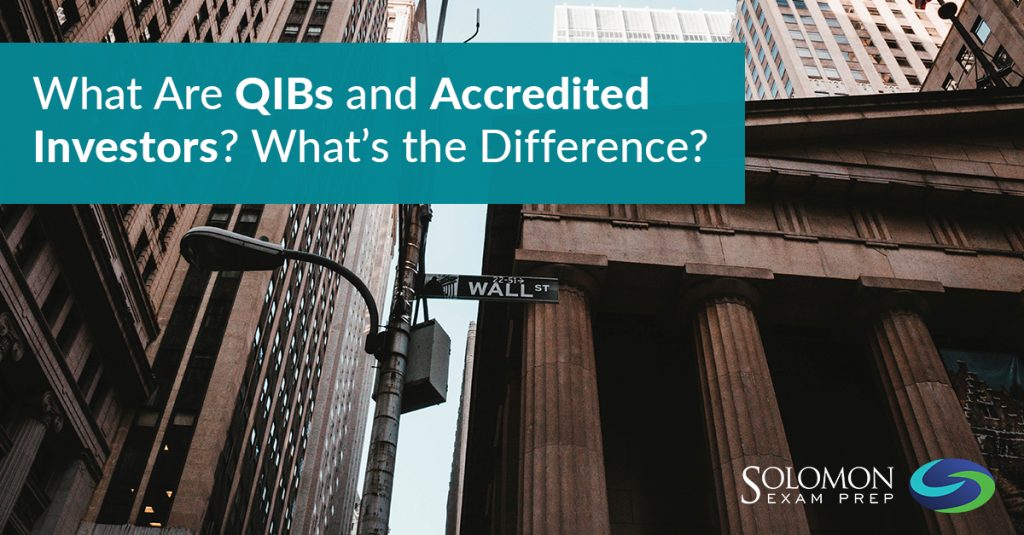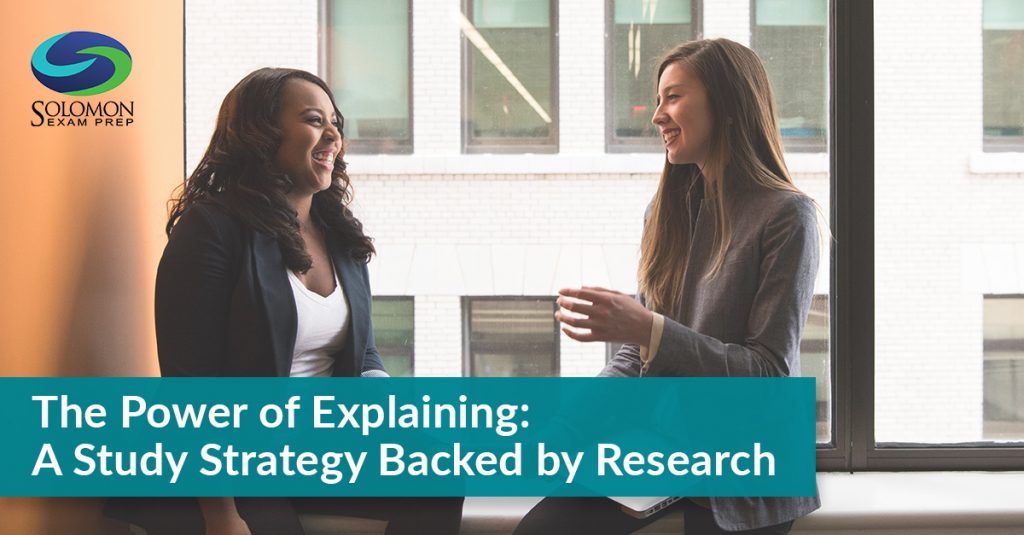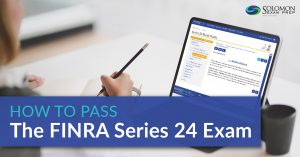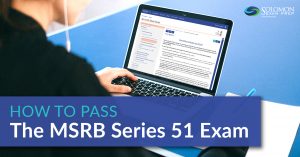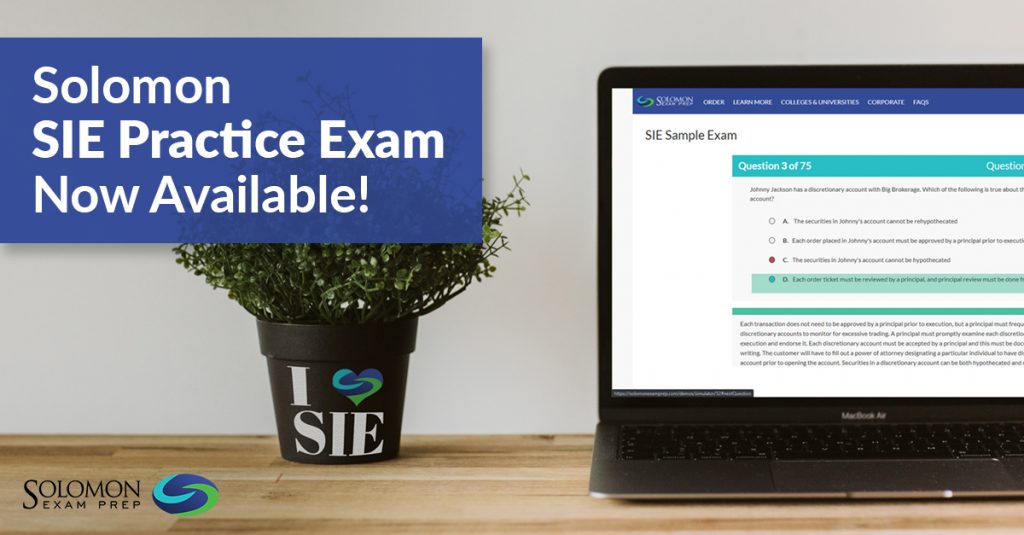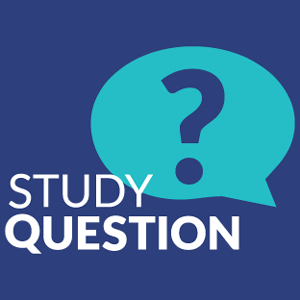Photo used in image by [fizkes]/stock.adobe.com
You took the SIE exam or another FINRA exam, and you didn’t pass. What should you do? The old adage, “If at first you don’t succeed…” definitely applies here. Take a few days to rest if needed, but it’s best to get back into studying as soon as possible. To help with the process of refocusing your efforts, here are some important things to know and recommendations for increasing your chances of passing the SIE exam the next time.
You’re not alone.
First, don’t be too hard on yourself. Securities exams are not designed to be easy, and many people have to take an exam more than once. It happens. Keep in mind that although the SIE exam is the foundational exam for the securities industry, it is still a challenging exam that requires around 60 hours of study time.
How many times can you take the SIE exam?
The good news is you can retake the SIE exam as many times as you need to (as long as your firm allows it if taking the exam through a firm). However, FINRA imposes a waiting period after each exam attempt. There is a 30/30/180-day rule with respect to the SIE and other FINRA exams. This means that you must wait 30 days after the first time you fail, and another 30 days if you fail again. If you fail a third time or more, you’ll have to wait 180 days to retake the exam.
What Happens When You Fail the SIE Exam?
At the end of your testing session, you will see your unofficial result on the computer screen telling you whether you passed or failed. You’ll only see a numerical score if you fail the exam. When you pass, it will just say “pass” with no score given. If you don’t pass, your score report will include a section analysis that shows your performance on each section of the exam. This is very helpful so you know which sections to focus on when you start studying again.
If you take the SIE exam in person at a testing center, you’ll get a printout of your results. If you take the exam remotely using Prometric’s ProProctor system, you’ll receive an encrypted email with your results. You can also contact the FINRA support team to request a copy of your score report at (240) 386-4040.
Where else do your exam results appear and who can see them?
You might be wondering whether current or future employers will be able to see that you failed a securities exam. The short answer is, it depends. Within three business days of taking an exam, FINRA will post your official results to their systems. There are two primary systems where your exam history might be visible to others.
Central Registration Depository (CRD)
One system is the Central Registration Depository (CRD). CRD is the securities industry online registration and licensing database. Information in CRD is obtained through forms that broker-dealers complete as part of the registration and licensing process. If you’ve never been registered in the securities industry and aren’t taking the SIE exam through a firm, then your exam result will not appear in CRD. However, if you take the SIE exam through a broker-dealer and the broker-dealer files a Form U4 for you, then your SIE exam result will be pulled into your CRD exam history. Your firm will have access to your CRD record.
But don’t worry, a non-passing exam result and score will only be displayed in CRD until you retake and pass the exam. After you pass the exam, any prior history of failing will not appear in the system. Passing results will not show scores—they will simply say “pass.”
BrokerCheck
Another FINRA system that displays information about registered individuals is the BrokerCheck website. BrokerCheck is a free tool for the public to research the professional backgrounds of brokers and brokerage firms. The information in BrokerCheck comes from CRD. If you’ve only taken the SIE exam, your result will not appear on BrokerCheck. But once you pass a representative-level exam such as the Series 6 or Series 7, then a passing SIE result will show up in BrokerCheck. Non-passing exam results do not appear in BrokerCheck.
Tips For Passing Your Next SIE Exam Attempt
Try to redouble your efforts and study hard for the next 30 days so you can retake the SIE exam as soon as possible. The longer you wait, the more likely it is that the material you’ve learned will slip away. You also risk giving up completely if you wait too long to get back on track.
In addition, FINRA does change its exam questions. Therefore, the sooner you retake an exam, the higher chance you have of facing some of the same or similar questions. Write down everything you can remember about the exam. Then, use your experience to your advantage and focus your studying on what you know was on the exam and may well be again.
How to re-study for your securities exam
Needless to say, you should carefully consider how to approach preparing for a second attempt at the SIE or another securities exam. It shouldn’t be done in one weekend of cramming. The SIE is a knowledge test. Learning (and passing) comes from layering the knowledge and building mental connections that you can use when you take the exam—and beyond. As with any knowledge test, the more effort you put into studying, the better your chance of success. That said, your re-study strategy will depend to some extent on your score on the first exam attempt.
If you didn’t have a strong performance on the exam:
The minimum passing score for the SIE exam is 70%. If you scored below 60% on your first try, you may want to approach studying as if for the first time. If you’re using Solomon SIE study materials, use a pre-set Solomon study schedule and follow it every day. Doing this will greatly increase your chance of passing. If you don’t follow a pre-set Solomon schedule, we recommend the following plan at a minimum:
- Read the SIE Study Guide. Not reading the Study Guide is the number one reason people fail their exam. Take notes as you read and review your notes regularly. If you don’t understand something, try to explain it to someone else or to yourself out loud. This “be the teacher” technique will help you master the material. Read Solomon’s article about this technique.
- Quiz yourself with SIE practice questions in the Exam Simulator. After reading each chapter of the Study Guide, take up to six sub-chapter quizzes per sub-chapter in the Solomon Exam Simulator. The quizzes are for learning more than they are for assessment, so don’t be alarmed if your quiz scores are low and do not get bogged down by taking more than six sub-chapter quizzes per chapter.
- Assess your knowledge with SIE practice exams in the Exam Simulator. Once you’ve read the entire Study Guide, at least once, then take at least six full practice exams in the Exam Simulator. Aim to get your Solomon Pass Probability™ score to at least 75% before you take the SIE exam again. If your Pass Probability™ is below 75%, review your results charts in the Exam Simulator and re-study the chapters and topics where you’re not doing well.
If you almost passed:
What if you were very close to passing the SIE exam on your first attempt, scoring close to 70%? In this case, you probably don’t need to start studying from scratch. Look at your exam score report and focus your studies on the exam sections that you didn’t perform strongly in. Also, if you’ve taken at least five full SIE practice exams in the Solomon Exam Simulator, look at your Exam Results charts to see if there are any sections that you’re scoring under 75% in. Focusing on these weaker sections, take the following steps:
- Reread parts of the SIE Study Guide. Revisit your weaker sections in the Study Guide and/or review the notes you took when you read it the first time.
- Quiz yourself with SIE practice questions in the Exam Simulator. Take three more quizzes on your weaker sub-chapters. Remember, the purpose of taking quizzes is to strengthen your learning, so try not to focus too much on your quiz scores. You can even take the sub-chapter quizzes open book!
- Watch the SIE Video Lecture. If you have the Solomon Video Lecture, watch the lecture on these weaker chapters as well. The Video Lecture provides a helpful overview of the key concepts for each chapter. You can download the Video Lecture slides and print them out to take notes while you watch.
- Assess your knowledge with SIE practice exams in the Exam Simulator. The Exam Simulator is a tool to help you apply the concepts you’ve learned, but it’s also a diagnostic tool for gauging your readiness to pass the exam. After you’ve done all the previous steps for the chapters you needed to revisit, you’re ready to take five more full practice exams in the Exam Simulator. When your Solomon Pass Probability™ score is 75% or above, you should be ready to sit for the SIE exam again.
You can do it.
Don’t let this temporary setback put the brakes on your career goals! Everyone can pass the SIE exam, no matter what their educational background or career experience is. You just need to follow an effective study plan with quality study materials. You can do it!
Visit the Solomon SIE page for more information about Solomon study materials for the SIE exam. And try Solomon’s free, 75-question SIE practice test to gauge your knowledge and sample the industry-leading Solomon Exam Simulator.



